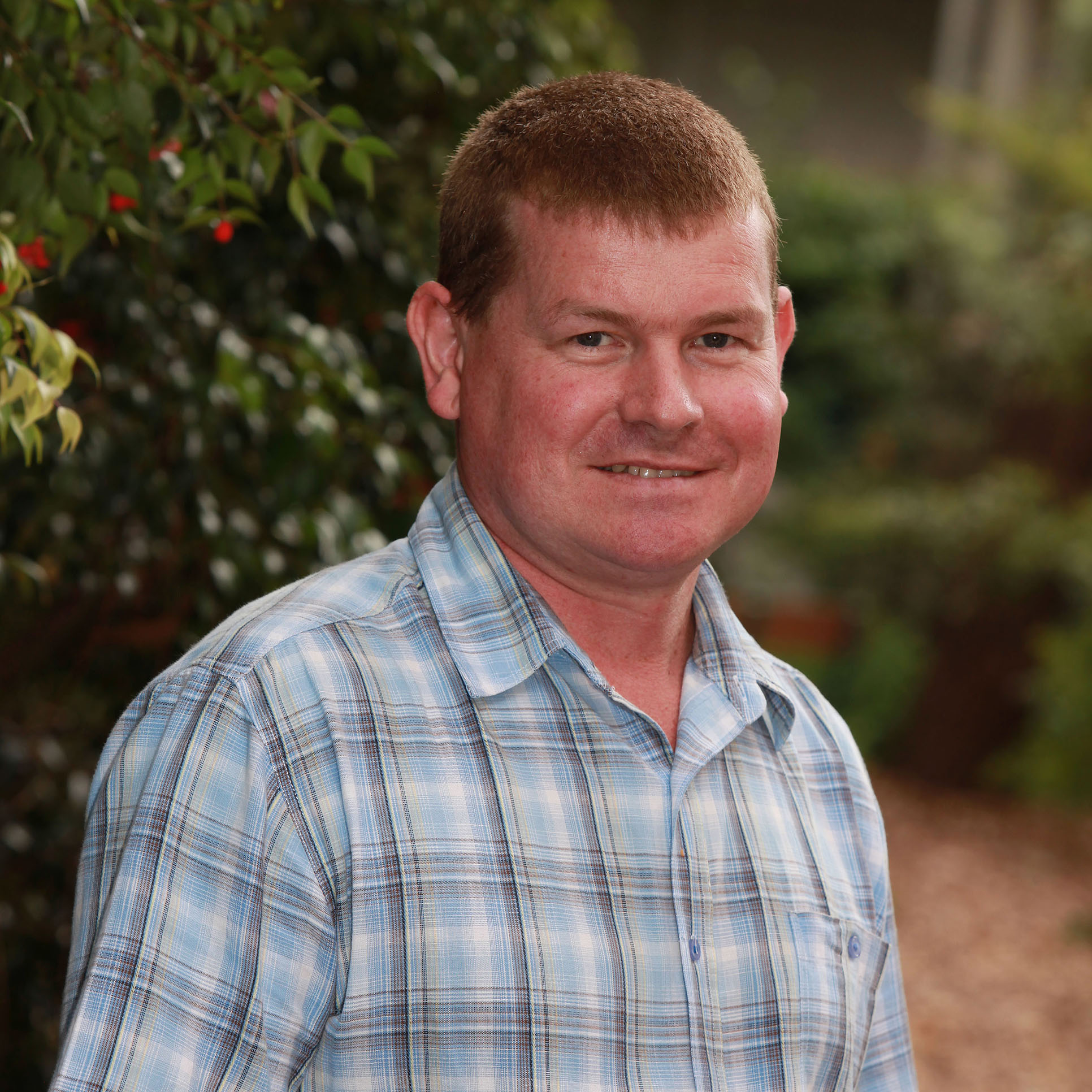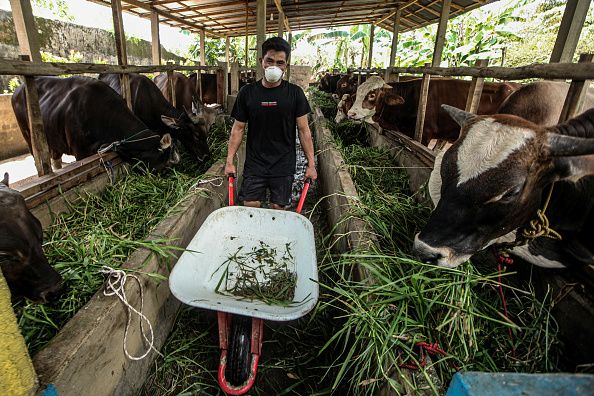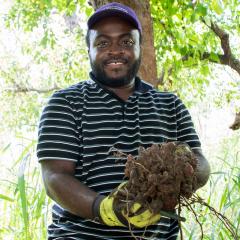Tourists travelling to Bali have been warned to avoid farm stays and traditional Balinese cooking classes, as authorities ready for a possible incursion of foot and mouth disease (FMD) in Australia.
A FMD disease outbreak occurred around Eid al-Adha Day in early July, a celebration to acknowledge one of the biggest holidays in the Islamic calendar.
FMD is now spreading rapidly across Indonesia, and traces of the disease have also been detected in food products in Melbourne.
This has prompted fears FMD could spread and decimate the Australia’s livestock industry.
The recent outbreak in Bali is the closest the highly infectious disease has been to Australian shores in 150 years.
Just one positive case of FMD could shut down Australia's $27 billion livestock export trade for months, even years, with the Australian government estimating the total cost of a major outbreak would be $80 billion.
UQ Business School tourism and risk management expert Dr Jie Wang said travellers should follow the advice on smartraveller.gov.au, and take out appropriate travel and medical insurance, if they are planning to visit Indonesia. She also warned that farm stays and other tourists experiences on the island carried risks.
“In Indonesia, traditional cooking programs are popular for Australian tourists. These authentic travel activities may be in the agricultural or rural setting. Also, a farm stay may involve animal contact,” Dr Wang said.
“Be careful with goods that present a risk. These include meat products (beef, lamb and pork), dairy products, shoes, boots and clothing, as well as camping equipment, including backpacks, mountain bikes, and other sporting equipment that have been used in rural areas, markets, or zoos.
“Tourists should also be aware of the biosecurity requirements, as travellers arriving from Indonesia will be under much stricter biosecurity scrutiny.”
In July, the Australian Government said it would implement the use of citric acid mats at airports for returning travellers to wipe their feet on after re-entering Australia.

Centre for Animal Science Professorial Research Fellow Tim Mahony said an incursion of the disease in Australia could cause a meat shortage.
“The immediate impact for the Australian consumers could be a lack of products on the shelves,” Professor Mahony said.
“The inability to move animals could mean they cannot go for processing, thus more interruptions to domestic supply chains as we have seen during the COVID-19 pandemic.
“There may be a period where supply increases domestically due to lack of access to export markets. But this may be countered by fewer animals resulting from disease-management processes.
“Also, if there is a need for widespread destocking to control spread, fewer animals means reduced supply, so potentially higher prices.”
There were just over 60 infected cattle detected in Bali in early July, Professor Mahony said.
The disease is transmissible to humans, but it’s rare. It cannot spread via the consumption of red meat.
Professor Mahony said Australians should not accept an outbreak was inevitable, but do everything in their power to prevent it.
While it is relatively easy to avoid contact with infected livestock, materials spread by animals is more difficult to avoid.
“It could be a piece of hay than has blown off an infected farm, or some dirt from a tyre,” Professor Mahony said.
“One way would be to assume that you have come in contact with it, so make sure that everything brought back into the country is scrupulously clean, particularly clothes and shoes.”
The spread of the disease could require the destruction of thousands, if not millions, of animals. It could also result in a “livestock lock-down”.

“A stand-still will be used to assess where the virus is. Our national livestock identification system will then be used to work out where those animals came from and where any animals from the area might have been moved to,” Professor Mahony said.
“These are important things to know, as it will help determine exactly where the virus is and how long it has been there. We have a well-prepared national plan in place to deal with FMD coming to Australia.”
In 2001, an FMD outbreak in the UK caused a tourism and agriculture crisis, with more than 6 million cows and sheep killed to regain disease-free status. This resulted from 2000 confirmed FMD cases.
Professor Mahony said Australia was equipped to deal with similar circumstances.
“Importantly, we have world’s best practice in quarantine operating at our international airports,” he said.
“As is always the case, we should be honest on our declarations and allow our quarantine inspectors to fully assess the risk any returning traveller and their possessions pose.
“Help them do their jobs.”
This story was also published in Contact Magazine.
Research contacts: Prof Tim Mahony, Centre for Animal Science, QAAFI at The University of Queensland, t.mahony@uq.edu.au, +61 (0)7 334 66505, +61 (0)412 150 129.
Media: Natalie MacGregor, n.macgregor@uq.edu.au, +61 (0)409 135 651.
Images can be accessed via Dropbox.



